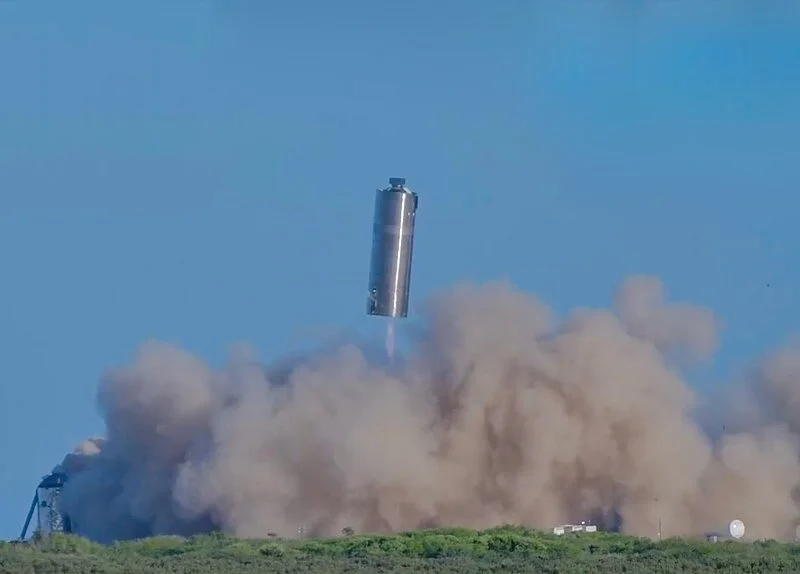Perseverance
This time tomorrow, at 12:50pm (UK time) and 7:50am (Eastern), the launch window opens for ULA to send a mission to Mars from Kennedy. It is the new rover, Perseverance, the Mars 2020 mission. The overall window closes on August 15th, but for tomorrow it will be a two hour window. Regardless of the exact launch date, the arrival is scheduled to be February 18th 2021. The Perseverance will be launched on a ULA Atlas V.
The car-sized Perseverance is planned to roam Mars for at least one Martian year (about two Earth years), but if the Curiosity rover, Spirit rover and Opportunity Rover are any guide, this should be viewed as a minimum. It has the explicit mission of exploring an ancient river delta at Jezero crater for signs of life. As such, the role of the planetary protection officer has been key in keeping the rover sterile.
Mars is tough. Putting aside the not insignificant difficulty of it being distant, getting down on Mars is difficult. Mars is much bigger than the moon, with stronger gravity; but it has a weaker gravity than Earth and so the atmosphere is much thinner. This means that a mission arriving to Mars has a problem, that of scrubbing energy to land safely on the surface.
Arriving at Earth (e.g. from the moon), the atmosphere is used as a source of drag to dispense with kinetic energy. This is much harder on Mars, but a similar system will be used. There will be a heat shield to scrub off some energy; there will be parachutes, which will slow the lander down to ‘just’ 200mph, but Perseverance will then use a ‘sky crane’ - this will have rocket thrusters so it can hover, lower Perseverance directly to the surface, and then move away to crash land so that the surface is not disturbed at the landing site.
The really interesting thing is that a new technology is to be used - terrain relative navigation. The idea is to give autonomy to the on-board control system to make a decision about when to transition between the parachutes and the sky-crane, and thus achieve a greater accuracy in touch-down.
As well as doing local analysis, Perseverance will also stash samples centrally for some future sample-return mission to collect and return them to Earth in a sample return mission. This is a very smart solution as one mission is not having to solve the whole problem. The current hope is to launch the return mission in 2026, land in 2028 and return to Earth in 2031, but if this doesn’t come to pass, the samples can wait.
One interesting technical issue from this launch is a tech demo of Mars Ingenuity Helicopter. This is a hugely difficult challenge as the atmosphere is very thin, so the helicopter needs to be light as well as store a large amount of energy for a reasonable flight - and also deliver that energy at a big enough rate to give lift. It’ll fly in short hops of about 90 seconds, traversing up to 300m - but this allows it to move across obstacles rather than go around them. It will do one flight a day for about a month.
Finally, being further out in the Solar System, Mars is at the limits of the effectiveness of solar panels and so Perseverance will be powered by a radioisotope of Plutonium which decays, produces heat and thus electricity. This is a radio-thermal generator (or MMRTG). This has an expected lifetime of about 15 years, and will be backed up by some Lithium-Ion batteries which will charge up and be available to provide an increased power boost when needed.
Links
Title image: The “Kimberley” formation, photographed by Curiousity. (Image credit: NASA/JPL-Caltech/MSSS)
Twitter: Tory Bruno on the MMRTG
Twitter: NasaPersevere
More Space Posts








